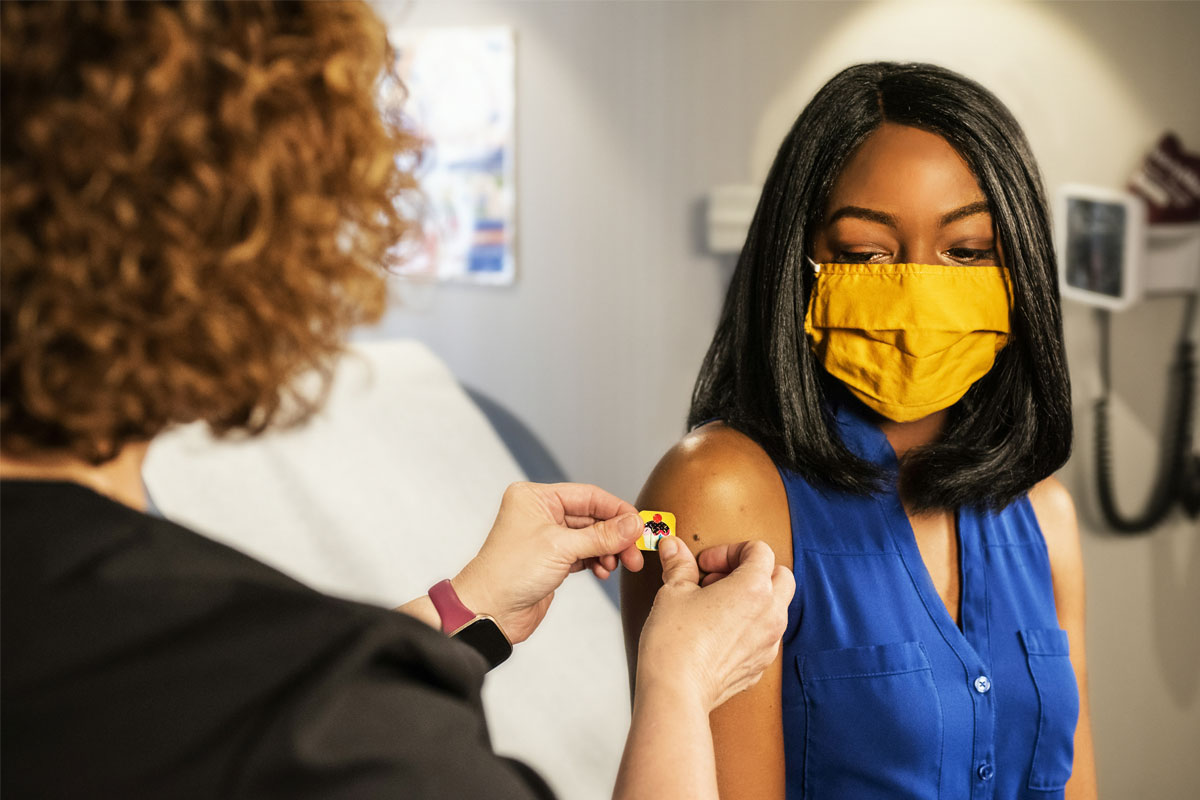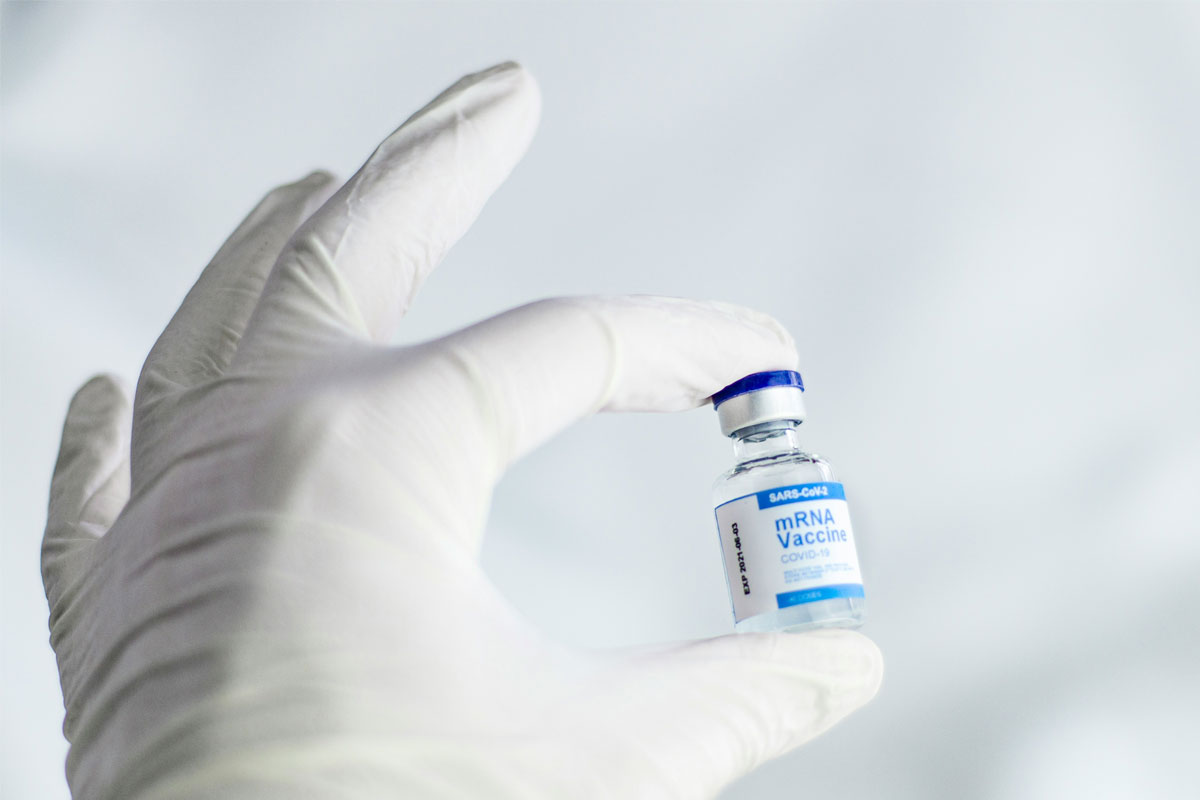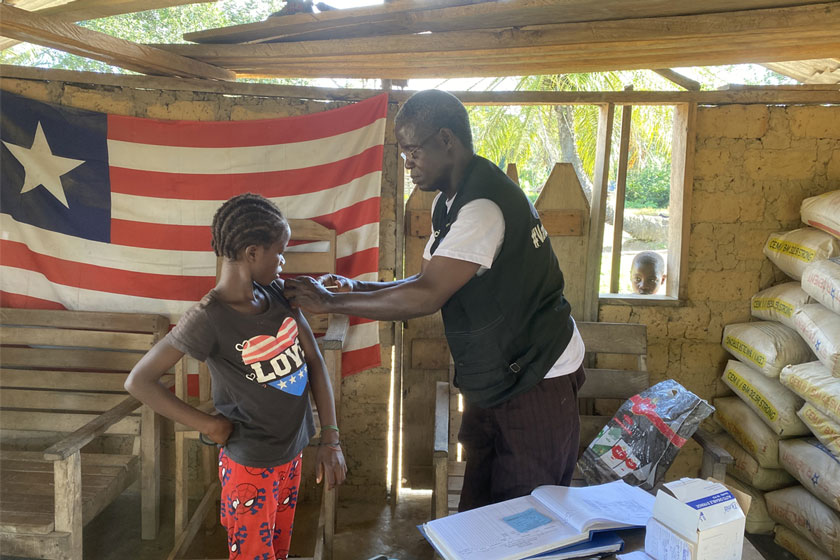What’s really in vaccines and how do we know they’re safe?
Vaccines contain more than just the antigens that train our immune systems. From adjuvants to preservatives, every ingredient has a purpose – and decades of research to confirm its safety.
- 18 September 2025
- 9 min read
- by Linda Geddes
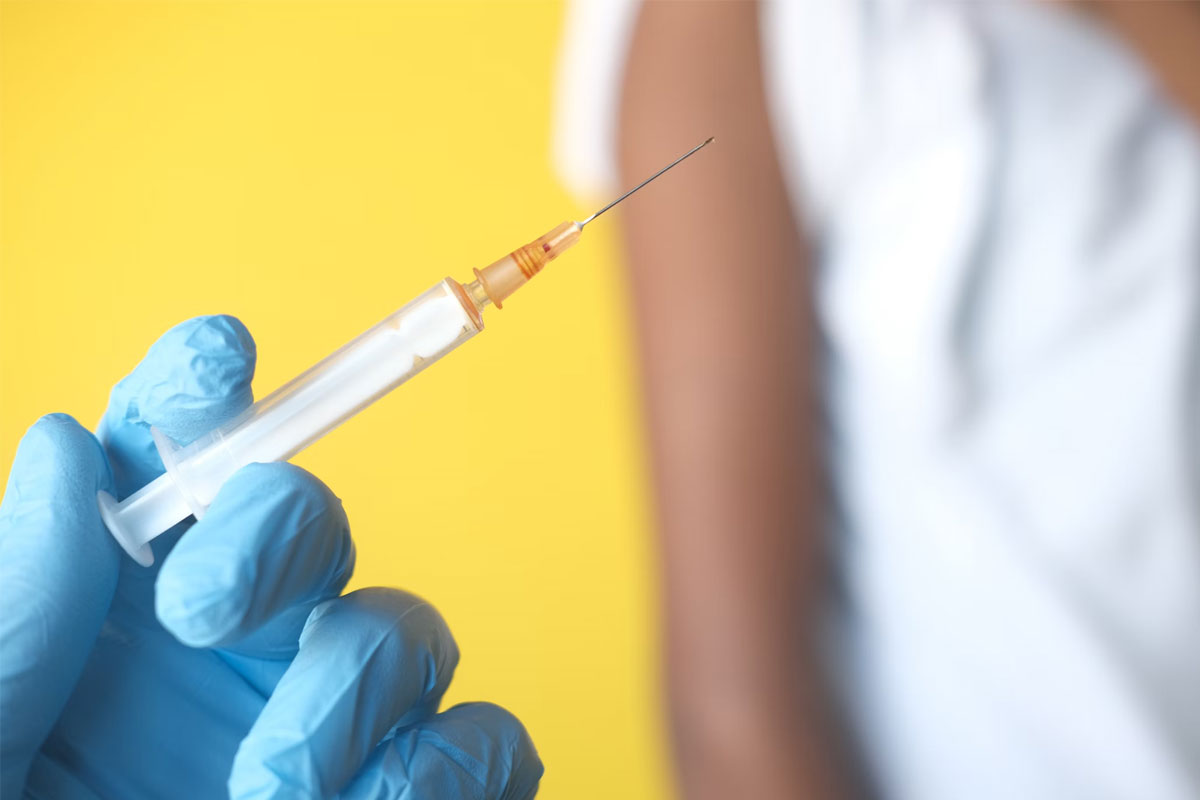
Vaccines contain more than the active ingredients that protect us against disease. They also include small amounts of other substances that keep them safe, stable and effective. Many of these ingredients are naturally present in our bodies and all have been rigorously tested to ensure that they’re harmless at the levels used in vaccines.
Very rarely people may be severely allergic to a specific ingredient, even if it is only present in trace amounts. This could include residual traces of egg protein or antibiotics used during the production of certain vaccines.
This is a key reason why vaccination is always carried out under medical supervision. However for most individuals vaccines are a safe and highly effective means of protection against serious disease.
Here are the ingredients that vaccines contain, why they’re added and what the research says about their safety.
Antigens
Antigens are the substances that teach your immune system what disease-causing pathogens look like, protecting you from future encounters without the risk of a full-blown infection. They might be a weakened virus or bacterium that’s unable to replicate or cause disease, a small piece of one of these pathogens or genetic instructions that let your own cells make that piece safely.
How we know these vaccine ingredients are safe?
Before a vaccine ever reaches people, antigens are tested in laboratory and animal studies to check they work and don’t cause harm. They then go through safety studies in small numbers of volunteers, followed by large clinical trials in tens of thousands of people where their safety and effectiveness are carefully monitored. These studies must meet very strict regulatory standards.
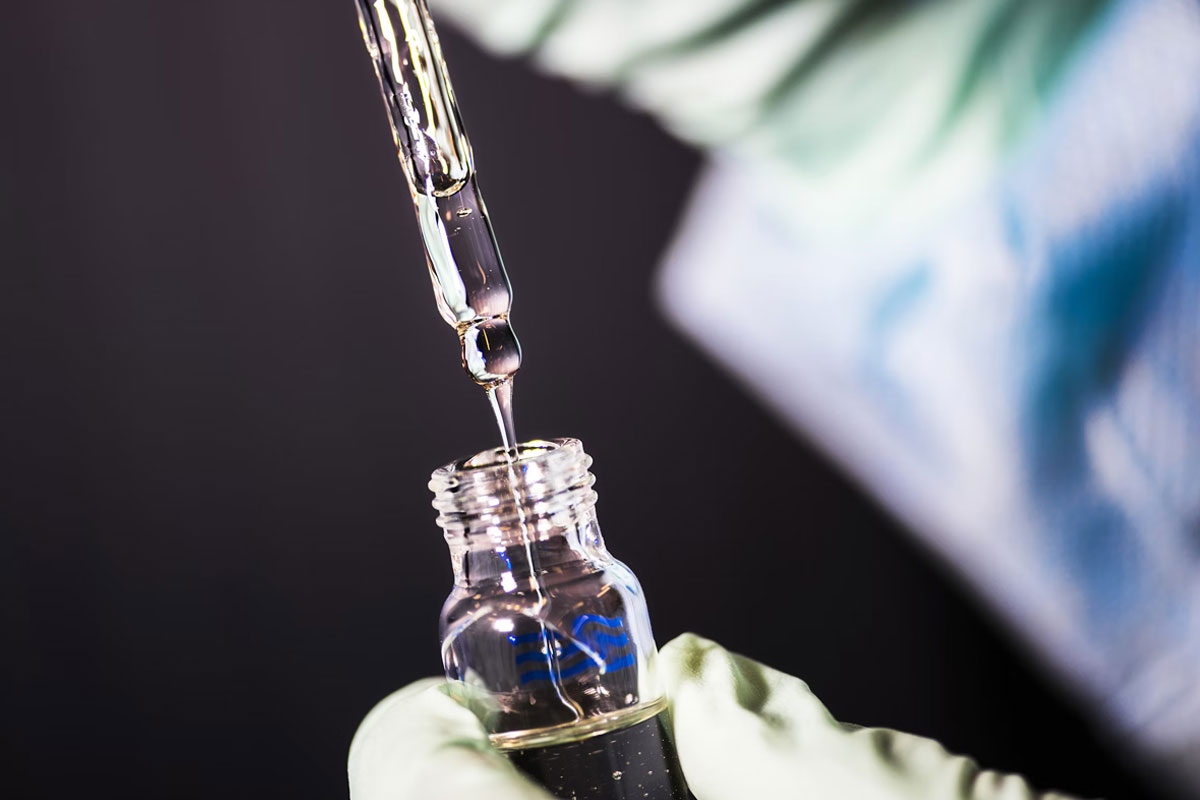
Once a vaccine is licensed, independent regulators continue to track side-effects though national and global monitoring systems. If a safety concern is identified vaccines can be temporarily or permanently withdrawn, and regulatory systems are designed to catch such issues quickly.
Adjuvants
Adjuvants help the immune system to respond more strongly to the antigen. They can do so by keeping the antigen in place for longer, or by stimulating nearby immune cells.
The most common adjuvants are aluminium salts, used to slow down the release of antigens from the vaccine once it is injected, which strengthens and lengthens the immune response.
The amount of aluminium in vaccines is very small: scientists have calculated that the overall amounts infants are exposed to through vaccines and their diets is well below established safety thresholds.
However, because adjuvants are designed to stimulate the immune system, vaccines containing them may cause more local and systemic reactions (e.g. redness, swelling and tenderness at the injection site, or fever, chills and body aches) than non-adjuvanted vaccines.
Though unpleasant, such responses aren’t dangerous and show that the immune system is responding. Importantly though, you don’t have to experience a reaction for a vaccine to be effective.
How do we know these vaccine ingredients are safe?
New adjuvant-antigen combinations are carefully tested in the lab to make sure they boost the immune response safely and effectively.
They are then evaluated in clinical trials as part of the whole vaccine formulation (the antigen, adjuvant and other ingredients) rather than being approved as standalone products.
After approval, both adjuvanted and non-adjuvanted vaccines are carefully monitored to catch any rare or unexpected side-effects.
A minority of people have raised concerns about the safety of aluminium-based adjuvants, based on animal studies or small observational studies. However, these are unable to prove cause and effect, and larger and more rigorous studies have investigated the safety of aluminium-adjuvanted vaccines and concluded that they are safe.
One of the largest was published in Annals of Internal Medicine in July 2025: analysing data from more than 1.2 million children born in Denmark between 1997 and 2018, it found no link between exposure to aluminium in vaccines and a wide range of chronic diseases, including autism, asthma, allergies or autoimmune disorders.
Have you read?
Preservatives
Some vials of multi-dose vaccines (those containing more than one dose) have small amounts of preservatives added to prevent the growth of harmful bacteria or fungi once they are opened.
Multi-dose vials play an important role in global vaccination efforts, because they save cold-storage space in countries where this might be limited, making routine immunisation and mass vaccination campaigns more feasible.
Preservatives are therefore necessary, because if a multi-dose vial were to become contaminated, it could cause serious infections in people who received vaccines from it.
One example of a preservative is thiomersal (also known as thimerosal). It has drawn public concern in the past because it contains a mercury-derived compound called ethyl mercury, which some people worried might cause health issues, such as autism. Some mercury-containing compounds are problematic: for instance, a compound called methyl mercury accumulates in the food chain and human bodies - and is toxic at high levels.
Because of such concerns, during the early 2000s, many countries phased thiomersal out of vaccines as a precaution, and to support efforts to reduce mercury exposure from all sources. However, there was no evidence that the use of thiomersal in vaccines was harmful and numerous studies have since confirmed that it is safe.
How do we know these vaccine ingredients are safe?
Although methyl mercury accumulates in biological tissues, ethyl mercury is rapidly eliminated from the body and studies have shown that levels of it from vaccines do not reach toxic levels.
A study from 2008 showed that the ethyl mercury in thiomersal doesn’t accumulate in the bodies of even very small babies and rapidly passes out in their stool.
A meta-analysis that investigated the possibility of a link between thiomersal-containing vaccines and autism was published in Vaccine in 2014. This type of study combines data from many independent studies to provide stronger conclusions than any single study can.
In this case, the researchers analysed data from more than 1.25 million children across five large studies, plus nearly 10,000 children in five additional case-control studies. They compared children with autism to those without, looking at whether autism was more common in those who had received vaccines containing thiomersal, or the MMR vaccine (which has never contained thiomersal).
The results showed no link between vaccination and autism spectrum disorder, adding to the strong body of evidence that preservatives like thiomersal are safe.
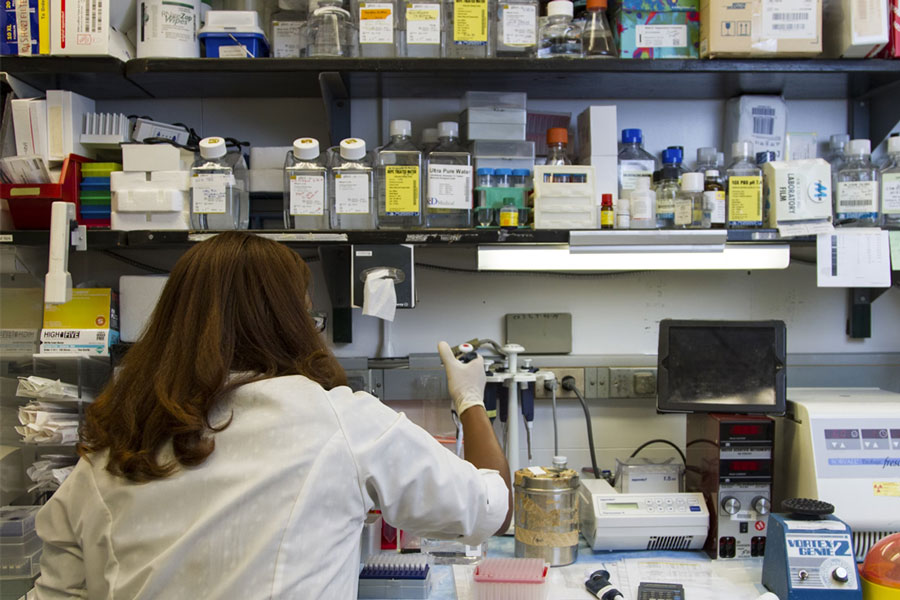
Emulsifiers and stabilisers
Some vaccines require emulsifiers to help ensure that the other ingredients remain suspended in the solution.
One example is polysorbate 80, which is also used in various medicines, health supplements and food products, including ice cream.
The amounts added to vaccines are tiny. The oral rotavirus vaccine RotaTeq has 170–860 micrograms of polysorbate 80, whereas a half-cup serving of ice cream contains 170,000 micrograms. Injectable vaccines contain lower levels still.
Stabilisers are also often added to vaccines to protect the active ingredients against the effects of temperature changes during transportation or storage, or to stop vaccine components from sticking to the walls of their containers. Examples include sugars such as lactose or sucrose; sorbitol, which is found naturally in the body, as well as fruit and berries, amino acids, and proteins, such as gelatine.
While members of Islamic or Jewish communities may be concerned about the use of vaccines that contain pork gelatine, this only applies to a few vaccines and the gelatine is highly purified and broken down into very small molecules, so it is different to that found in foods.
For instance, highly sensitive tests have shown that no pig DNA can be detected in Fluenz, a nasal flu vaccine. Many Jewish and Islamic leaders have ruled gelatine-containing vaccines are allowed, because they are injected or inhaled, rather than eaten.
How do we know these vaccine ingredients are safe?
Like adjuvants and preservatives, emulsifiers and stabilisers are rigorously evaluated in clinical trials as part of the whole vaccine formulation. All vaccines are carefully monitored after they’ve been approved to detect any rare or unexpected side-effects.
A study of 500 infants who received a dose of the PCV13 vaccine, which protects against pneumonia and meningitis, either with or without polysorbate 80, found no difference in side-effects or how well these vaccines stimulated the immune system, supporting its inclusion in the final PCV13 formulation.
Very rarely - about one case for every two million vaccine doses given - people have experienced an allergic reaction to gelatine-containing vaccines. Those with known allergies to gelatine should therefore seek medical advice before receiving one of these vaccines.
Residuals
Vaccines may also contain residual trace amounts of materials used during the manufacturing process and later removed. For instance, some vaccines are manufactured using chicken eggs and may contain small amounts of egg proteins, or certain antibiotics are sometimes used to help prevent bacterial contamination during manufacturing.
Severe allergic reactions to vaccines are extremely rare (approximately 1.31 for every million vaccine doses given) and usually happen within the first few minutes after receiving one. Even so, vaccinators are trained in how to identify such reactions, and what to do in the unlikely event that they do occur.
Other substances, such as formaldehyde, are used to inactivate the viruses or detoxify the bacterial toxins that are added to certain vaccines, so that they cannot cause disease. Although this formaldehyde is then diluted out, tiny traces may remain. This is lower than the amount that naturally occurs in the body and is considered safe.
Any such materials should be listed in the manufacturers’ package insert: a written document that accompanies each vaccine container.
How do we know these vaccine ingredients are safe?
Severe allergic reactions to vaccines are extremely rare (approximately 1.31 for every million vaccine doses given) and usually happen within the first few minutes after receiving one. Even so, vaccinators are trained in how to identify such reactions, and what to do in the unlikely event that they do occur.
Studies have shown that most vaccines can be safely given to people with egg allergy, although precautions are required for yellow fever vaccine and some rabies vaccines.
The antibiotics that are most likely to cause severe allergic reactions - penicillins, cephalosporins and sulphonamides, for example - are not used in vaccines but traces of others, including neomycin, streptomycin, polymyxin b, gentamicin and kanamycin, sometimes are.
People with a known allergy to any of these antibiotics should speak to a medical professional before receiving these vaccines.
As for formaldehyde, this is naturally produced by the human body during metabolism and, while large amounts can be dangerous, the quantities found in vaccines are tiny.
Scientists at the US Food and Drug Administration have estimated that any formaldehyde is completely removed naturally by the body from the injection site within 30 minutes, and that peak amount in a baby’s body following vaccination is a hundred times lower than their naturally occurring level.
They concluded that it was “implausible” that vaccine-related formaldehyde would be unsafe.
So what do we know about vaccine ingredients?
Every ingredient in a vaccine is present in only miniscule amounts and has been extensively tested for safety. Vaccines are also carefully monitored after they’ve been approved, and if a safety concern is identified, it will be promptly investigated.
Misunderstandings can arise when people hear words like ‘formaldehyde’ or ‘mercury’ without context – forgetting that the trace levels in vaccines are far below what we naturally encounter in our food, water or even produced by our own bodies.
The bottom line is vaccine ingredients are safe at the levels used and work together to make vaccines one of the most effective health interventions we have for preventing serious disease.
